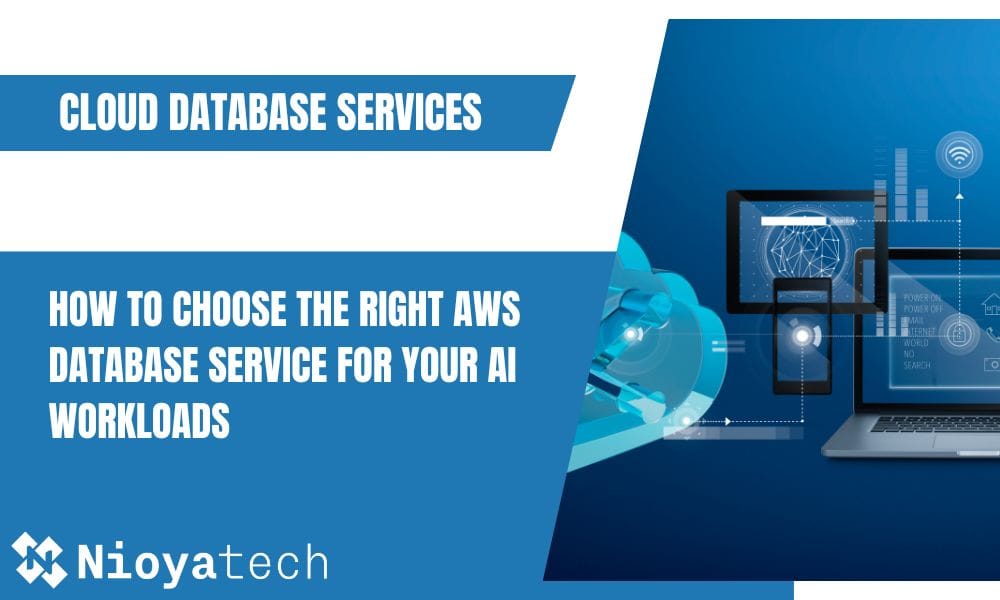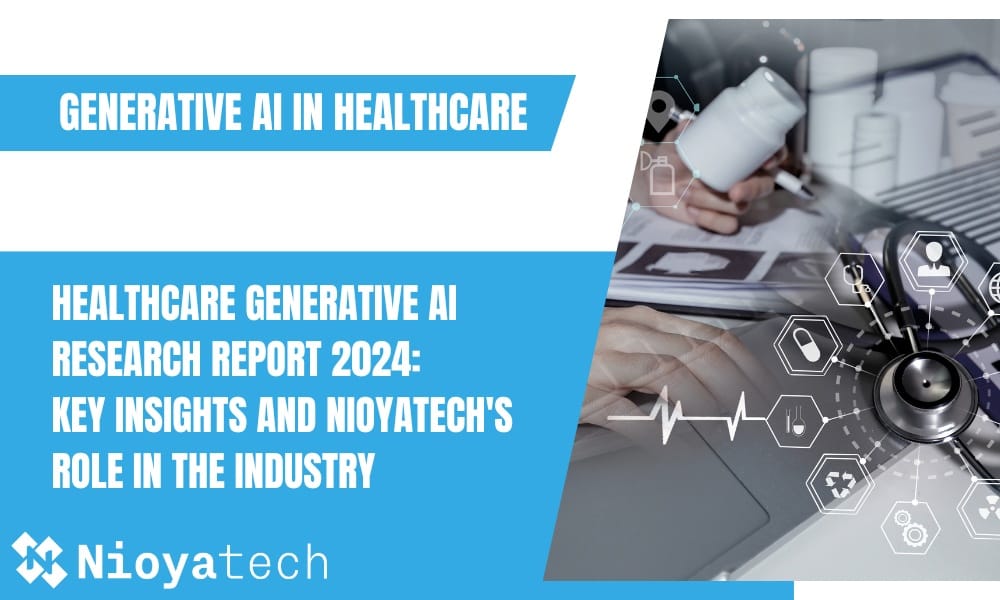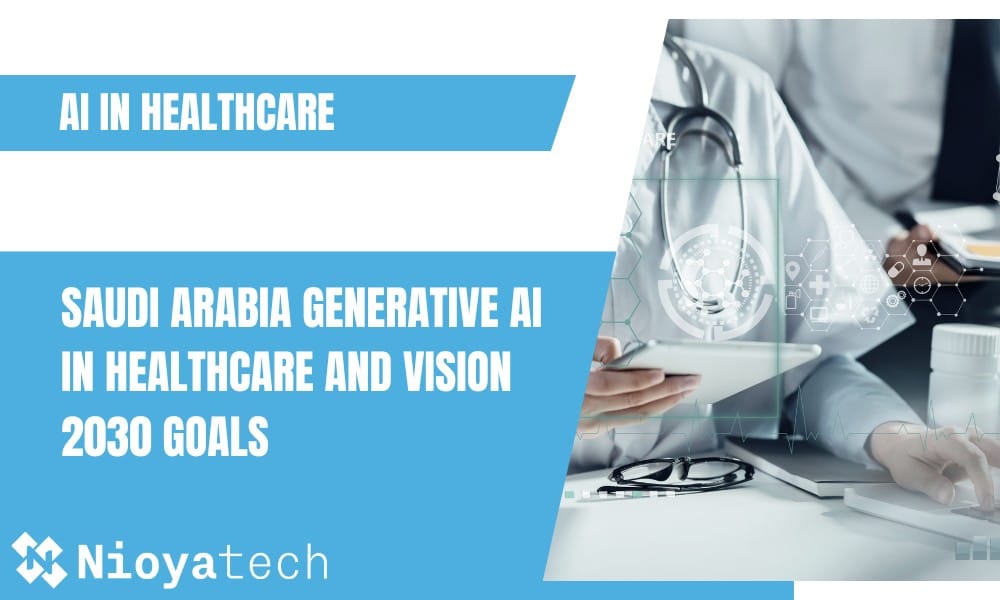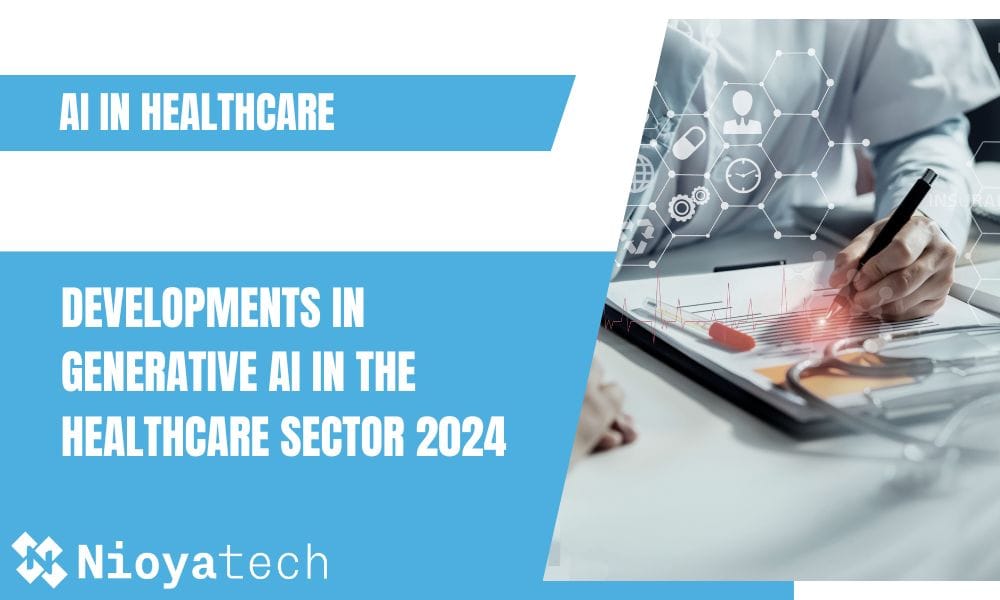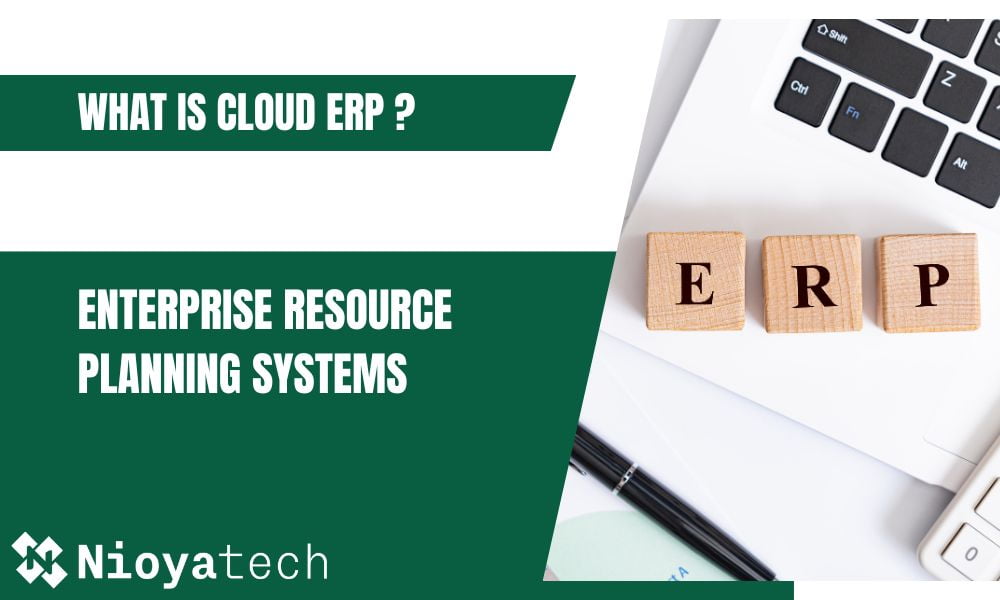Security automation is a practical way of cloud security. Many businesses are taking advantage of the transition to the cloud. Because cloud computing allows companies to reduce technological expenses and leverage flexible systems to gain a competitive advantage.
However, cloud security is critical for enterprises making a move to the cloud. As technology advances, security threats become more sophisticated. As a consequence, it is essential to operate in a cloud environment that provides the highest level of security tailored to your architecture. From this point, cloud security automation techniques are ushering in a new era of cloud evolution.

What is Security Automation, and Why Would it Be Important?
Old-school security technologies and procedures are insufficient to secure modern settings with the use of containers, serverless apps, and IaC in the cloud. Security automation is a method of maintaining a secure posture in complicated cloud systems. It is a way to defend not just a single product or platform but an entire organization’s cloud environment by reducing human effort.
Infrastructure Security, DevSecOps, and Application Security are the main components of security automation. This whole structure allows rapid detection capabilities, not relying on outside sources. So that malware, phishing, and other threats can be discovered quickly and not need to be investigated through audits.
What Are Some of The Key Benefits of Automation in The Cloud?
Security automation is the way to go if your company faces significant cyber risks, handles private information, or maintains users’ data. It will save your company time and money that would otherwise be spent on manually resolving intrusion detection and make your detection capabilities significantly more effective.
First of all, security automation lowers direct human effort by automating actions required to tighten security procedures and safeguard infrastructural facilities. Secondly, Security automation and orchestration provide your cybersecurity teams with the technologies they require to efficiently identify and report proactive security alarms. Here are some of the benefits of cloud security automation:
Reduced Time
Manual procedures can slow time to market, while cloud security automation can speed up the adoption of security frameworks. It enables you to maintain a solid security posture without wasting time. By running an automation script, security automation can assist in quickly updating servers. Such tasks would take several hours, if not days, without automation.
Reduced Errors
Human errors are one of the primary drivers of security flaws. Developing a process with similar configurations for dev, test, and prod environments simplifies the reduces human mistakes. This continuous integration and continuous delivery (CI/CD) approach are known as DevOps and when combined with security automation DevSecOps assures effective setups.
Reduced Cost
Cloud security automation can minimize security expenditures without compromising security level by drastically lowering manual work requirements. A typical organization will save significantly by integrating Security Orchestration and Automation in reporting, alert handling, and shift management.
How to Automate Cloud Security?
SOAR (Security Orchestration, Automation, and Response) represents a set of applications and tools that enable enterprises to streamline security operations in those assets: Vulnerability scanning, Reporting, and Recovery.
It is very important to monitor the progress of all tasks in your cloud. This allows you to understand how each procedure is performed. Knowing and choosing the processes to automate is the most important step in automating cloud security.
Close monitoring of processes helps evaluate work that needs to be automated. Automated processes are then designed to generate reports that provide an overview of previous and subsequent changes.
This whole process ensures that you have a good understanding of cloud automation. This makes easier recovery and improvement of the overall safety posture.
What Security Processes Can Be Automated?
Given the variety of tasks that security team experts execute, not all necessitate a human’s use. The following security processes are prominent in security automation:
User Permissions:
Keeping the credentials untouched or allowing excessive permissions is one of the most prevalent human blunders in cloud computing. Enterprises can utilize security automation to provide secure access across various clouds and define permissions based on roles rather than users.
Monitoring and Detection:
Automation gives a comprehensive picture of all the aspects of different clouds, allowing for easy monitoring and visualization of security concerns posed by even the most minor configurations.
Incident Response and Remediation:
SIEM (Security Information and Event Management) is indeed an effective tool that can continuously monitor security alarms, but with the increasing amount of data, SIEM now tends to lag behind. Automation technologies such as the SOAR (Security Orchestration, Automation, and Response) platform help respond faster and more effectively.
Vulnerability Management:
Vulnerability management helps detect security defects that might jeopardize the entire company environment. Vulnerability management is typically a fundamental approach and an integral component of any standard cybersecurity plan.
Creating a simple approach to reporting vulnerabilities across all teams in your organization by collecting reports on current vulnerabilities and their action plans helps corporate IT staff stay informed about current and potential threats.
What are The Types of Cloud Security Automation Tools?
Many security automation tools are available to fulfill the demands of enterprises of all sizes.
The followings are the main types of security automation tools:
- Security Orchestration, Automation, and Response (SOAR),
- Security Information and Event Management (SIEM),
- Extended Detection and Response (XDR),
- Robotic Process Automation (RPA)
Conclusion
Security teams are under increasing pressure to handle security threats in order to boost productivity and innovation. The key to controlling cloud security posture is to assist teams in working productively. As a result, they can take the appropriate activities to lower the risk in a timely manner. Security teams may more efficiently manage their cloud security postures with security automation.
Nioyatech, as it applies the DevOps model in the software development process, it also supports DevSecOps principles by integrating directly into developer workflows to automate secure code development. And as a cloud consultant company, Nioyatech offers highly efficient and dependable cloud computing services that help enterprises to remain responsive to changing security situations.

